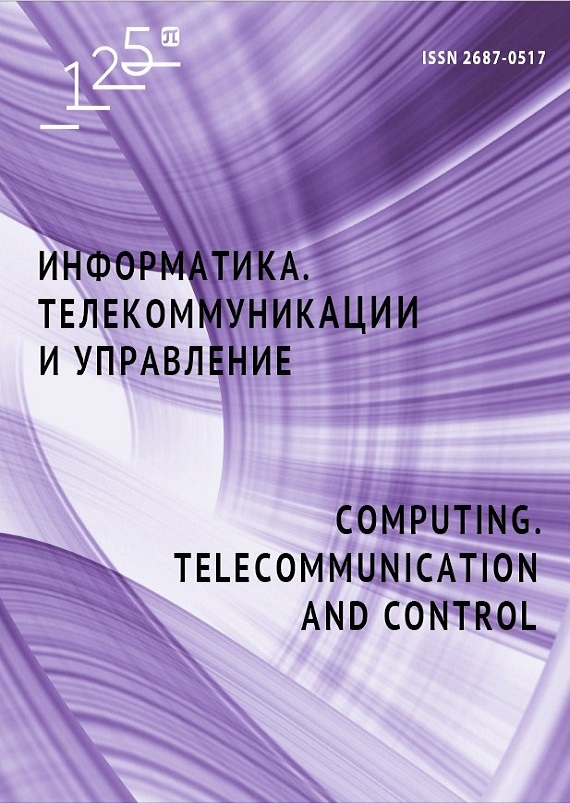On the Solution of a Linear Least Squares Problem with Linear Inequality Constraints
Authors:
Abstract:
The key point in the solution of the linear least squares problem with linear inequality constraints is the number of parameters belonging to the border region that are allowed to change in the next step of the method. It has been shown that the removal of two or more parameters from the active set does not guarantee for the algorithm to work successfully. The theoretical results are illustrated by computational experiments. A two-stage procedure of sequential-quadratic programming was included as a subsystem in the advanced POISK software solving a wide range of problems of steady-state stability of large power pools. This ensures a reduction in the amount of computations by several orders.


